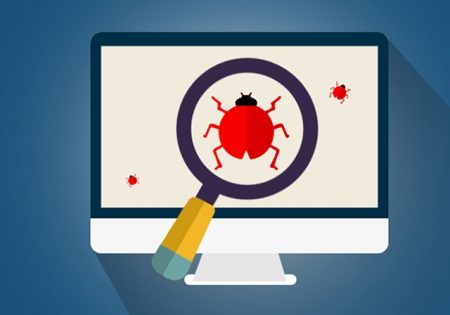
Initializing Automation for Testing Efficiencies
Optimizing the effectiveness and efficiency of digital QA teams is one of the smartest things a company can do. One way to do this is through automation.
Recently, LYONSCG decided that automated testing technology would be a worthwhile investment. Aiming to make our QA team more effective than ever, we brainstormed and arrived at the conclusion that the best way to accomplish this would be to automate some of our testing procedures.
Here’s how we arrived at that decision.
Research Process
We started with some simple research. Essentially, we looked at the following items:
- A broad assessment of our current testing platform
- Where automation could make the largest impact on our current testing approach
- To do this, we tested some open source and free-trial tools from Selenium to TestComplete and Zephyr.
Looking at these tools, we realized that we needed one that could cover all three testing breakpoints – desktop, tablet and mobile – and simultaneously run multiple tests for efficiency from the cloud. The tool had to be simple enough to use as well.
After finding a set of tools that could do what we wanted, we submitted a report on these choices and presented it to the company with the idea of implementing it. A large part of our analysis dealt with comparing shifting from our in-house tool to more robust global approach, and how moving in this direction can enhance the scope of success for the company. This involved collaboration from developers, testers, and PMs to implement the process.
Next Steps
After settling on an automated solution, we began by implementing a small prototype project to assess if automation would indeed deliver positive results. This small introduction enabled us to keep an open mind in case we had to turn around and go in a different direction.
Once the proved successful, we proceeded to develop a basic regression suite.
Goals and Achievements
Our goal is to have a regression suite that can be automatically triggered with each build and deliver the results to developers. This way, they know if they can send their code on down to QA or if they need to bring it back in to be fixed.
Previously, this process was laborious, with countless hours given in by the developers and Quality team to create a framework for running tests and cloud service to run against multiple browsers and devices.
This automated QA system works best if build and installation can be fully automated, dramatically saving development time and costs. But, our primary goal is to have an automated QA framework that can evolve with our changing business needs. It has to be customizable for certain clients and flexible enough to make accommodations in the process.
With our new automation tool, we are now able to generate and follow a steady process of adding a new client to the framework. It still needs a lot of effort in the background from the developers to troubleshoot any major blockers that arise with new clients, but the path is much smoother now from when we started.
It is a known fact that no matter how great the automation tool is, quality QA will always involve a human and user element. The purpose of automation isn’t to replace this but to automatically check the system and eliminate lengthy lead times for fixing larger bugs and issues.
This helps us release quality code in a faster timeframe, enabling us to work with our clients to build bigger and better commerce experiences.
